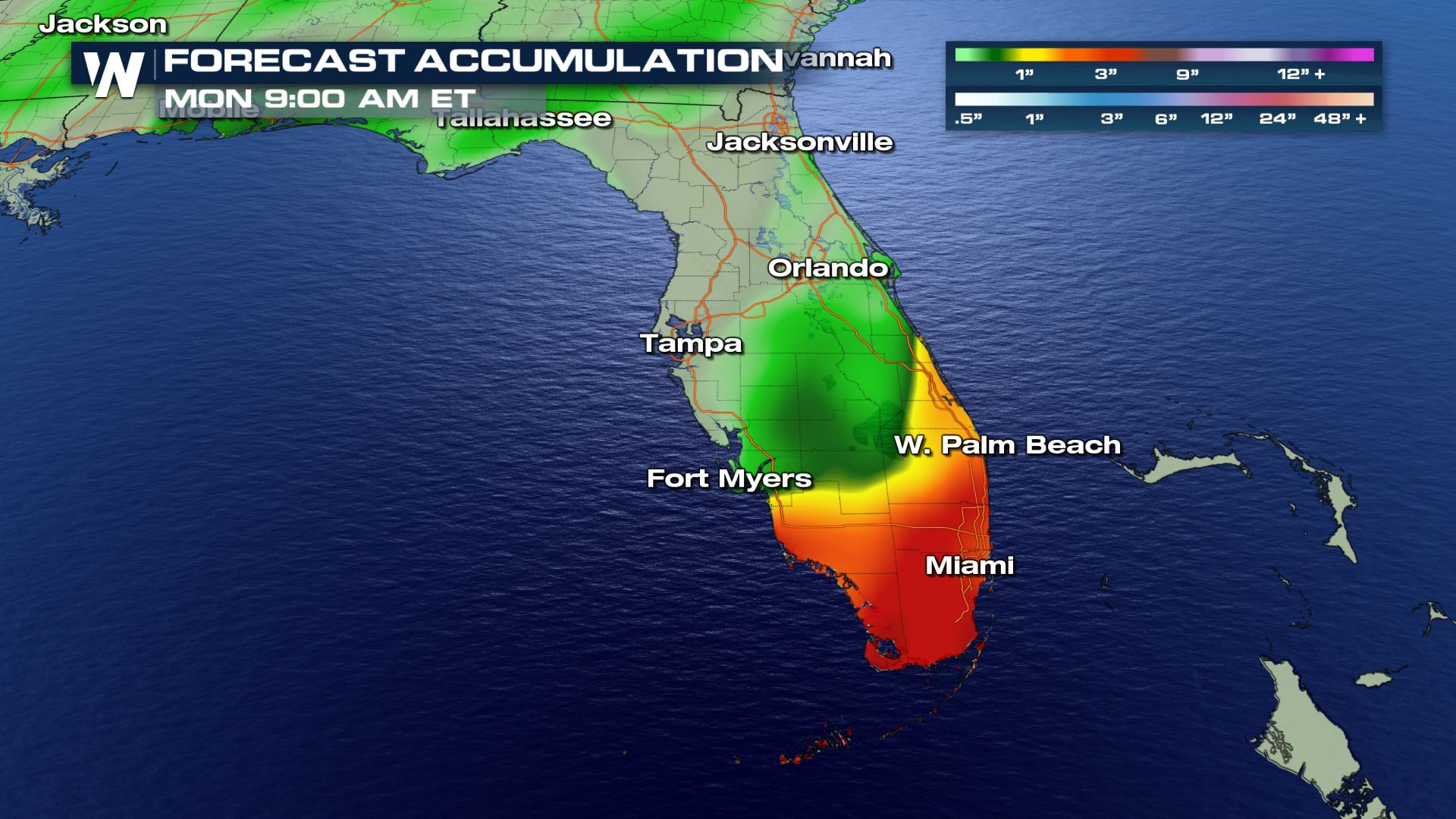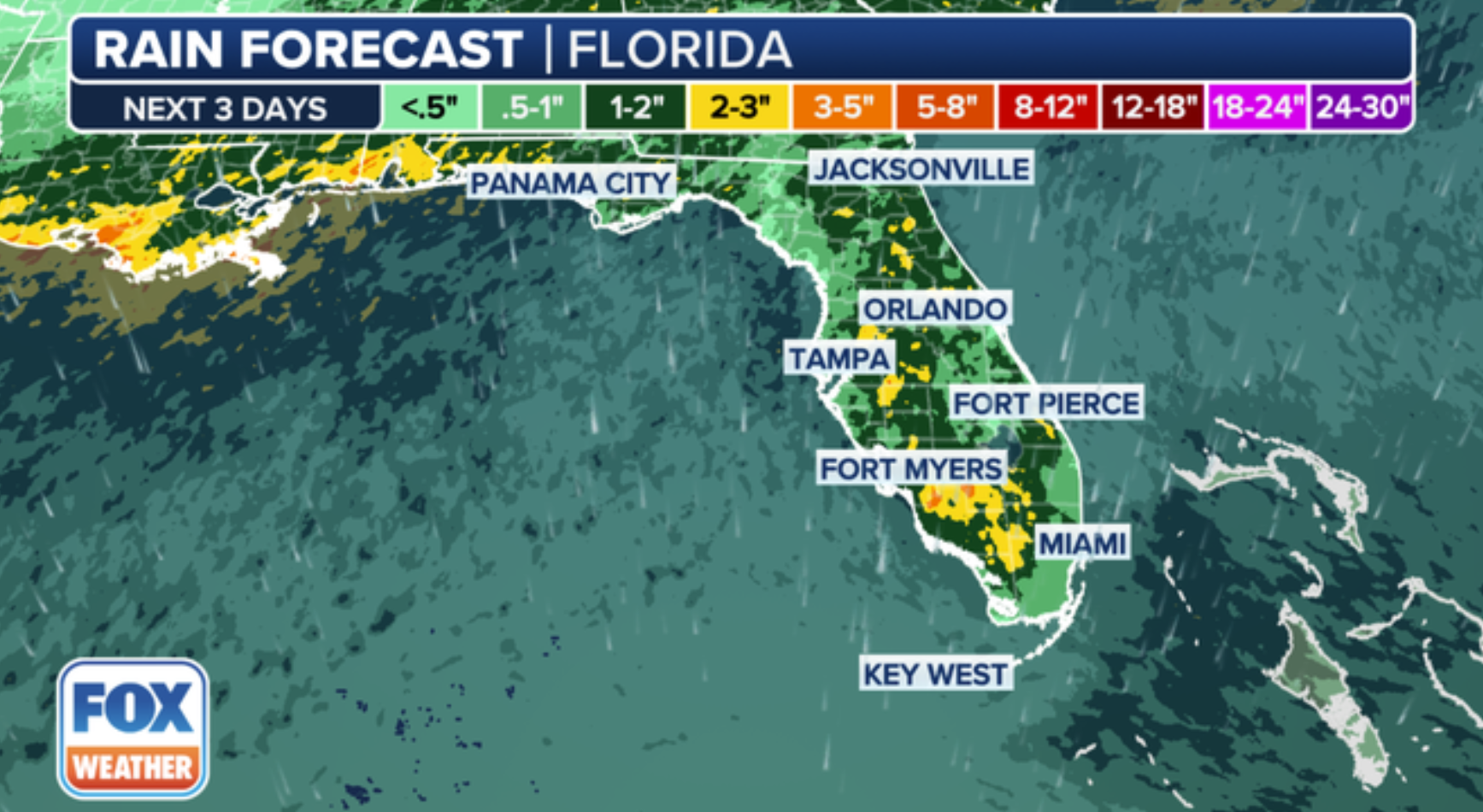Have you ever wondered what all the fuss is about the Florida dirty rain map? Well, buckle up because we’re diving deep into this environmental phenomenon that’s been making headlines. Acid rain might sound like something out of a sci-fi movie, but it’s a real issue affecting Florida and beyond. In this article, we’ll break down everything you need to know about the dirty rain map, its causes, effects, and what’s being done to tackle this problem. So, let’s get started!
Imagine walking outside on a rainy day in Florida, only to realize that the rain falling from the sky isn’t exactly “clean.” Acid rain, often referred to as “dirty rain,” is a growing concern for residents and environmentalists alike. This isn’t just a local issue; it’s a global problem with far-reaching consequences. But don’t worry, we’ve got you covered with all the info you need to stay informed.
This article isn’t just about scaring you with facts—it’s about empowering you with knowledge. By understanding the Florida dirty rain map, you’ll be better equipped to take action, whether that’s through supporting environmental initiatives or making small changes in your daily life. So, grab a coffee, and let’s dive into the world of acid rain in Florida!
Read also:Jenna Ortega Leak The Truth Behind The Hype And Controversy
What is the Florida Dirty Rain Map?
The Florida dirty rain map is essentially a visual representation of areas affected by acid rain. It highlights regions where precipitation has a higher concentration of acidic compounds, such as sulfur dioxide (SO2) and nitrogen oxides (NOx). These pollutants are primarily caused by human activities like burning fossil fuels and industrial emissions.
This map serves as a crucial tool for scientists, policymakers, and the public to monitor and address the issue of acid rain. By pinpointing problem areas, it helps in implementing targeted solutions to reduce pollution and protect the environment.
How is the Map Created?
Creating the Florida dirty rain map involves a combination of advanced technology and scientific research. Environmental agencies collect data from various monitoring stations across the state. These stations measure the pH levels of rainwater, which indicates its acidity.
- Data is collected from weather stations equipped with pH sensors.
- Scientists analyze the data to identify patterns and trends.
- The information is then plotted on a map, showing areas with varying levels of acidity.
Through this process, the map provides a comprehensive overview of the regions most affected by acid rain, helping to guide conservation efforts.
Causes of Acid Rain in Florida
Understanding the causes of acid rain is essential to addressing the issue effectively. In Florida, the primary culprits are human activities that release harmful pollutants into the atmosphere. Here’s a breakdown of the main contributors:
1. Power Plants
Power plants that rely on coal and oil combustion are major sources of sulfur dioxide and nitrogen oxides. These pollutants react with water vapor in the atmosphere to form sulfuric and nitric acids, which eventually fall to the ground as acid rain.
Read also:Discover The Thriving World Of Marketplace Duluth Mn
2. Transportation
Vehicles, especially those with internal combustion engines, emit significant amounts of nitrogen oxides. With Florida’s growing population and increased traffic, transportation remains a significant contributor to acid rain.
3. Industrial Processes
Industrial activities, such as manufacturing and chemical production, also release pollutants that contribute to acid rain. These processes often involve the burning of fossil fuels, further exacerbating the problem.
Effects of Acid Rain on Florida
The impact of acid rain on Florida’s environment and infrastructure is profound. From damaging ecosystems to corroding buildings, the consequences are far-reaching. Let’s take a closer look at the effects:
1. Environmental Impact
Acid rain can have devastating effects on Florida’s diverse ecosystems. It alters the pH levels of soil and water bodies, making it difficult for plants and aquatic life to survive. This, in turn, disrupts the food chain and biodiversity.
2. Infrastructure Damage
Buildings, bridges, and monuments made from limestone and other materials are particularly vulnerable to acid rain. The acidic compounds erode these structures, leading to costly repairs and maintenance.
3. Health Concerns
While acid rain itself doesn’t directly harm humans, the pollutants that cause it can have serious health implications. Breathing in sulfur dioxide and nitrogen oxides can lead to respiratory issues, especially in vulnerable populations like children and the elderly.
Understanding the Florida Dirty Rain Map Data
Deciphering the data on the Florida dirty rain map requires a bit of context. Here’s how you can interpret the information presented:
1. pH Levels
The pH scale measures how acidic or basic a substance is. Acid rain typically has a pH level below 5.0. The lower the pH, the more acidic the rain. On the map, areas with darker shades indicate higher acidity levels.
2. Geographic Distribution
The map also shows how acid rain is distributed across Florida. Coastal areas, for instance, might experience different levels of acidity compared to inland regions due to varying weather patterns and industrial activity.
3. Seasonal Variations
Acid rain levels can fluctuate throughout the year. During certain seasons, when pollution levels are higher, the map might show an increase in acidity in specific areas.
Solutions and Initiatives
Thankfully, there are efforts underway to combat acid rain in Florida. Both government agencies and private organizations are working tirelessly to reduce pollution and mitigate its effects. Here’s what’s being done:
1. Clean Air Regulations
Stricter regulations on emissions from power plants and vehicles have been implemented to curb the release of harmful pollutants. These regulations aim to reduce sulfur dioxide and nitrogen oxide levels, thereby decreasing acid rain formation.
2. Renewable Energy
Investing in renewable energy sources like solar and wind power is a long-term solution to reducing reliance on fossil fuels. By transitioning to cleaner energy, Florida can significantly cut down on pollution.
3. Public Awareness
Educating the public about the causes and effects of acid rain is crucial. Initiatives to raise awareness can encourage individuals to adopt more environmentally friendly practices, such as carpooling or using public transportation.
Impact on Wildlife and Ecosystems
Florida’s unique ecosystems, including its wetlands and coral reefs, are particularly vulnerable to acid rain. The impact on wildlife is significant, with many species struggling to adapt to changing conditions. Here’s how acid rain affects these ecosystems:
1. Aquatic Life
Fish and other aquatic organisms are sensitive to changes in water pH. Acid rain can lead to the acidification of lakes and rivers, making it difficult for these creatures to survive. This, in turn, affects the entire food chain.
2. Plant Life
Plants rely on soil nutrients to grow, and acid rain can strip the soil of essential minerals. This leads to stunted growth and weaker plants, which can have cascading effects on the ecosystem.
3. Soil Quality
Acid rain alters the chemical composition of soil, making it less fertile. This affects agriculture and natural vegetation, further impacting Florida’s economy and biodiversity.
Future Outlook and Challenges
While progress has been made in addressing acid rain, there are still challenges ahead. Climate change, population growth, and industrial expansion all contribute to the ongoing issue. Here’s what the future might hold:
1. Technological Advancements
Innovations in technology offer promising solutions to reduce emissions and combat acid rain. From advanced filtration systems to carbon capture technologies, these advancements could play a key role in mitigating the problem.
2. Policy Changes
Continued advocacy for stronger environmental policies is essential. By pushing for stricter regulations and incentives for clean energy, Florida can pave the way for a more sustainable future.
3. Community Involvement
Engaging communities in the fight against acid rain is crucial. Encouraging individuals to make eco-friendly choices, such as reducing energy consumption and supporting green initiatives, can have a significant impact.
Conclusion
In summary, the Florida dirty rain map is a vital tool for understanding and addressing the issue of acid rain. By identifying problem areas and implementing targeted solutions, we can work towards a cleaner and healthier environment. Remember, every small action counts in the fight against pollution.
We urge you to take action by sharing this article, leaving a comment, or exploring other resources on our website. Together, we can make a difference in protecting Florida’s environment for future generations. So, what are you waiting for? Let’s get started!
Table of Contents


